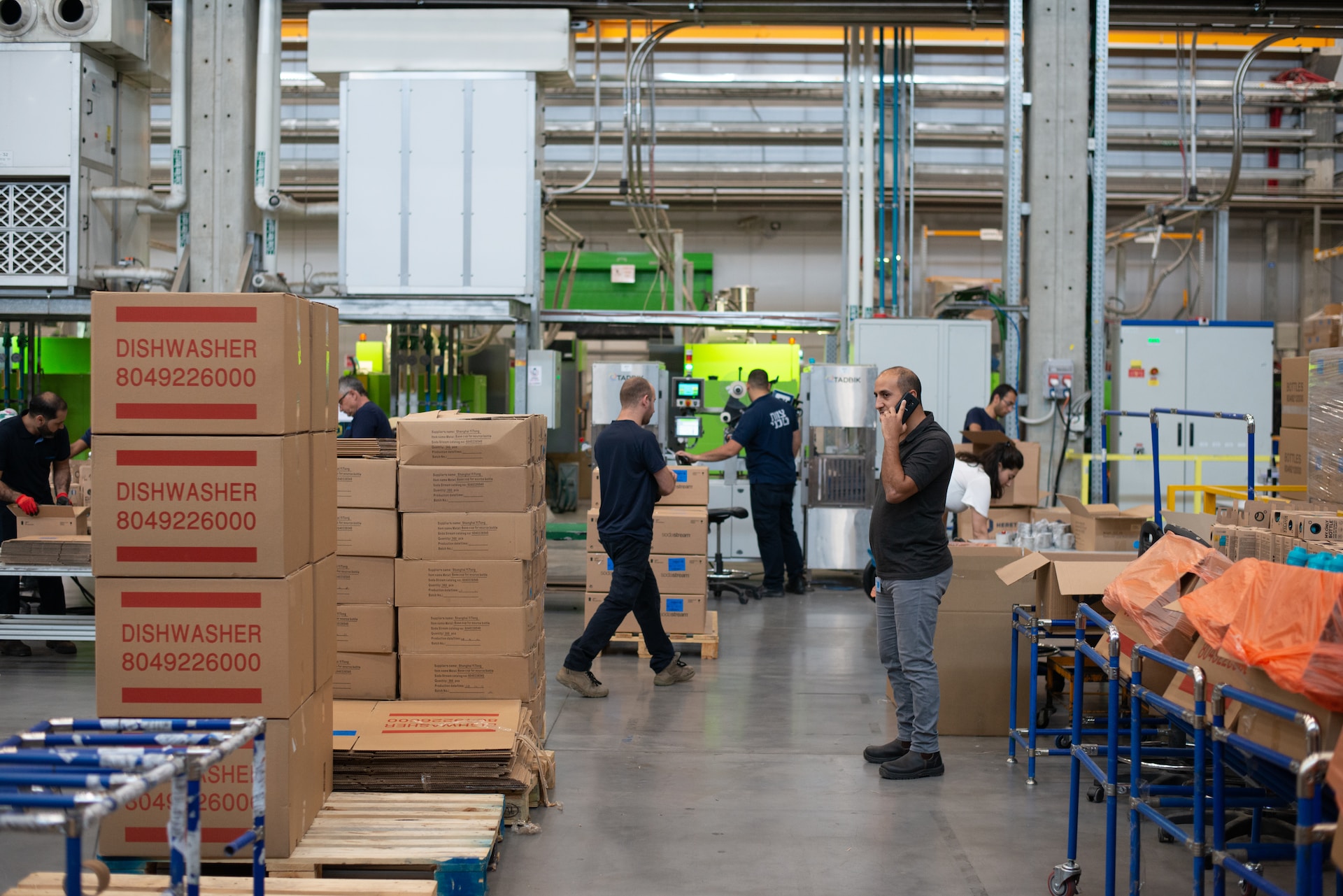


Inventory accounting is a huge part of managing a business, especially in the realm of e-commerce. Accurate inventory valuation is critical so business owners should do more than punch numbers into software and hope for the best. There are several ways to value a business’s inventory and which method is best is determined by the needs of the business.
The two most common methods of inventory valuation are first-in-first-out (FIFO), and last-in-first-out (LIFO). Each method has benefits that need to be considered when choosing which is best for your business. It is critical to understand inventory and how these processes impact your business’ workflow and profitability, so keep reading for more information on FIFO, LIFO, and beyond.
Before getting into the details of FIFO and LIFO, it is important for business owners to understand what counts as inventory. In the most basic terms, inventory is any of the company’s goods that are in the three major stages of products. These stages include:
To identify inventory value, business owners should take the value of the company’s initial goods, add the cost of any goods purchased to produce more, and then subtract the goods that the company has sold. The remaining value is the inventory.
FIFO plays a major role in determining the cost of goods sold (COGS). As the name suggests, FIFO is a means of determining which goods should be sold first. In other words, the goods that are the oldest should be the goods that are first sold. Products that are sold using the FIFO method include perishables like produce, dairy, dry grocery goods, alcohol, plants, and health care products.
Like FIFO, LIFO is another inventory valuation method used to determine which products should be sold first. With LIFO, the most recent inventory is the first to be sold rather than the last. This is a fine method to use so long as the goods are not in danger of spoiling or becoming obsolete.
LIFO often requires more complex formulas to determine profitability at the end of a fiscal cycle. In this method, new inventory is worth more than what has not yet been sold. The cost of inventory is higher, so profits are lower. Products that are sold using LIFO include cars, gas, jewelry, and oil.
There are a few primary differences between how LIFO and FIFO work that should be noted. Essentially, the flow of goods, how the stock is calculated for profits and tax purposes, and how inventory is processed are different depending on which method is used. FIFO and LIFO are both perfectly acceptable methods of inventory valuation, so it is up to the business which method works best for their products. It is worth noting that international standards only permit the use of the FIFO method to calculate the cost of goods sold.
So long as a business does not operate according to international standards, there is no wrong method for inventory valuation. To determine which method is best for your business, consider the following:
The very first thing to consider before choosing LIFO or FIFO for your business is what types of products you are selling. Perishable items like those listed above cannot be sold using LIFO, as the older inventory will degrade to the point of no longer being consumable and the product is just wasted. LIFO is used for inventory that is not affected by time.
Businesses often prefer FIFO because it closely resembles the actual flow of goods. In other words, it is a highly intuitive means of moving products. It is simpler than LIFO and results in less waste. However, for industries like coal and natural gas, LIFO is more closely related to the natural flow of goods.
Businesses sometimes choose LIFO for its tax advantages. Because the cost of goods sold is higher when using the LIFO method, it decreases a business’s overall profits. When the business reports lower profits, it reduces its tax liability. FIFO works conversely, making it more likely that companies will have a higher tax liability when using this method.
FIFO works under the assumption that goods are continually being sold and that older stock is moved out as sales are made. On the other hand, LIFO is more focused on the new inventory and operates under the assumption that older goods will remain in stock over a longer period.
It is important to note that LIFO often minimizes write-downs. An inventory write-down is a process that shows when goods lose value enough that the market value drops below the initial book value. For example, if a piece of tech is obsolete and the value is no longer what it was when it was first produced, then it would result in an inventory write-down.
LIFO and FIFO differ in how financial losses and gains are calculated. While inflation may be a factor that affects both methods, FIFO allows businesses to keep older stock valued at the current market price. To calculate FIFO inventory cost, determine the cost of the oldest inventory and multiply it by the number of items sold. When using LIFO, the most recent stock is valued higher than the older stock when the price increases.
FIFO is the most popular method of inventory valuation for e-commerce businesses due to its simplicity and logical flow. However, it is still difficult to accurately determine the value of an ecommerce business’s goods, as it is more difficult for accurate record keeping. However, inventory valuation accounting software can help keep the records straight, so profits and losses are easy to determine.
Success with eCommerce hinges on efficiency and a streamlined inventory valuation system. The best way to make this happen is to hire a company that has a well-developed and experienced system built to handle the needs of an eCommerce business. Using an established and tested system like this, inventory management and valuation will be far less of a headache than it has been in the past.
The difference between LIFO and FIFO can be considerable depending on the industry. Knowing how to manage inventory is a critical component of a successful company, no matter its size. Managing inventory well can help companies forecast their earnings and can ensure a company is running efficiently. For the best chance at success, while minimizing the logistical headache of inventory management, companies should consider using a professional inventory valuation system.
